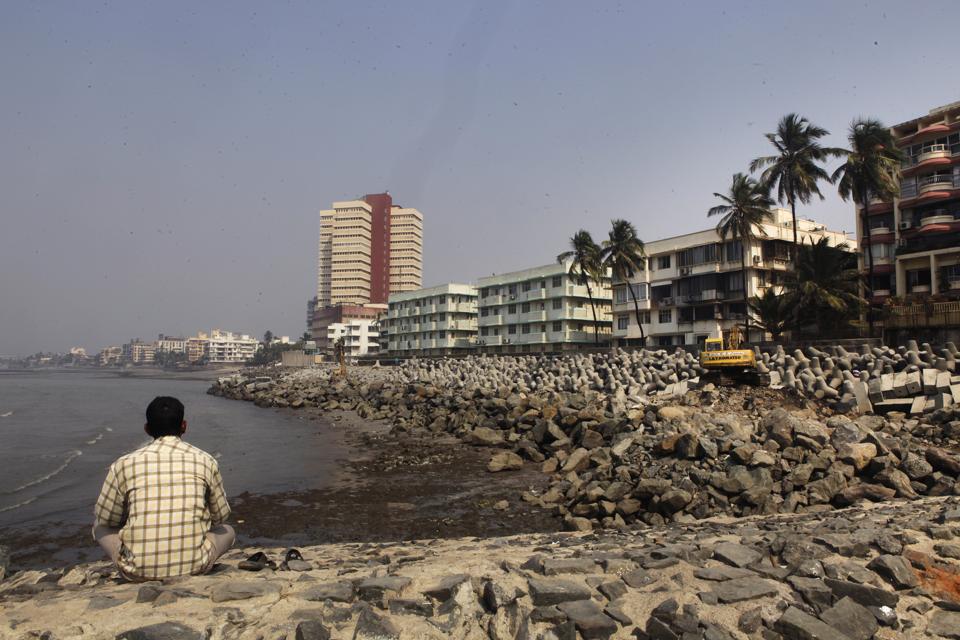
A month after the United Nations Intergovernmental Panel on Climate Change (IPCC) identified Mumbai as one of six Indian cities likely to be inundated by 2100, a follow-up study has found the impact of rising sea levels may be felt much sooner.
In a latest study, published on Tuesday, American scientific research organisation Climate Central estimated that the Arabian Sea would begin flooding Mumbai by 2050. Globally, 150 million people may be at risk, says the study. “We need to take action in time to protect millions, and to avoid the economic and political upheaval that a climate disaster on this scale could bring,” said Dr. Benjamin Strauss, author of the study as well as chief scientist and chief executive officer, Climate Central.


Climate Central’s study estimates that by 2050, the rise in sea level will push average annual coastal floods further inland. “The world’s coasts are more vulnerable to climate change than we ever thought. Now that we have a clearer picture of how much more land – and how many more people – may face coastal flooding in the foreseeable future, we can see not only what we stand to lose, but also what we have to gain by reducing emissions and avoiding the worst sea level rise projections,” said Dr. Benjamin Strauss, chief scientist and CEO, Climate Central and author of the latest study.
Using artificial intelligence and satellite imagery to better understand land elevations, Climate Central has created revised projections for 2030, 2050, and 2100 under different emission scenarios (no emission cuts; medium emission cuts, and unchecked pollution levels).
This is not the first time that environmentalists have raised an alarm about Mumbai’s vulnerability to inundation. In 2016, the National Institute of Oceanography (NIO) estimated that nearly 40% of Mumbai could be underwater in the next 100 years if sea levels continue to rise. A 2017 study by Jawaharlal Nehru University (JNU) said the city could lose 25.32 sq km of its urban sprawl to coastal inundation caused by a 1m sea level rise by 2100.


Last month, a report by the United Nations’ IPCC said the global mean sea level was projected to rise 10 times faster by 2100 if global greenhouse gas emissions are not curtailed, putting approximately 28 million people across Mumbai and five other Indian cities at risk. “The latest study reaffirms the IPCC report that this is going to be the new normal with nuanced extreme weather events such as cyclones as well as rising frequency of coastal inundation. It is high time for the state and central governments to take these warnings seriously and ensure urban planning and environmental planning goes hand in hand,” said Anjal Prakash, coordinating lead author of IPCC’s Special Report on the Ocean and Cryosphere in a Changing Climate (SROCC).
BN Patil, former director, Maharashtra environment department, drafted the state’s climate change action policy in October 2017. He said that 20-25% of Mumbai city and suburbs is “definitely under threat from submergence”.
“Construction in low lying areas needs to be stopped. All natural ecosystems such as mangroves, wetlands, forests, and beaches need to be protected, and the coastal regulation zone (CRZ) norms also need to be followed in a stringent manner,” he said.
At present, the state’s climate change adaptation policy requires every department to formulate its own specific policy to tackle the effects of the climate catastrophe. “Every state department has been issued directions to develop their own policy based on our climate policy and begin implementation at district and regional levels,” said Anil Diggikar, principal secretary, state environment department.